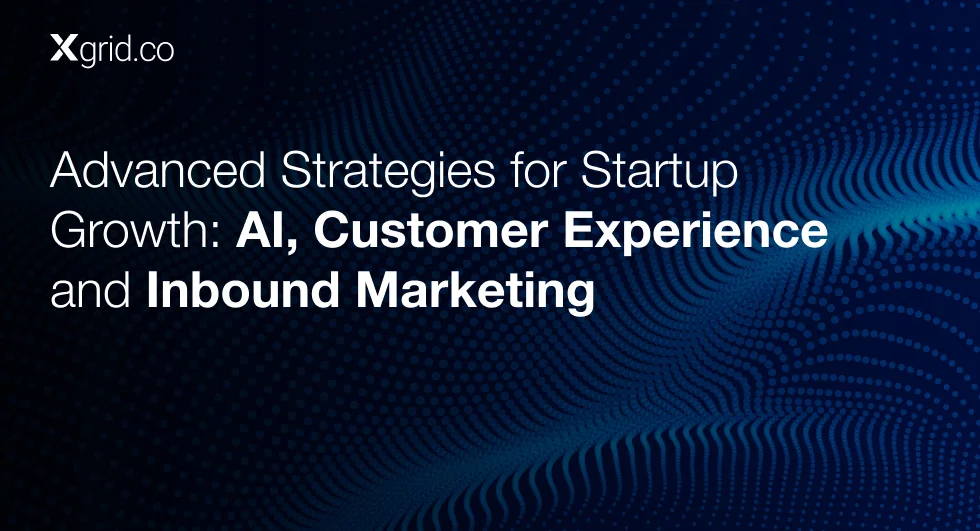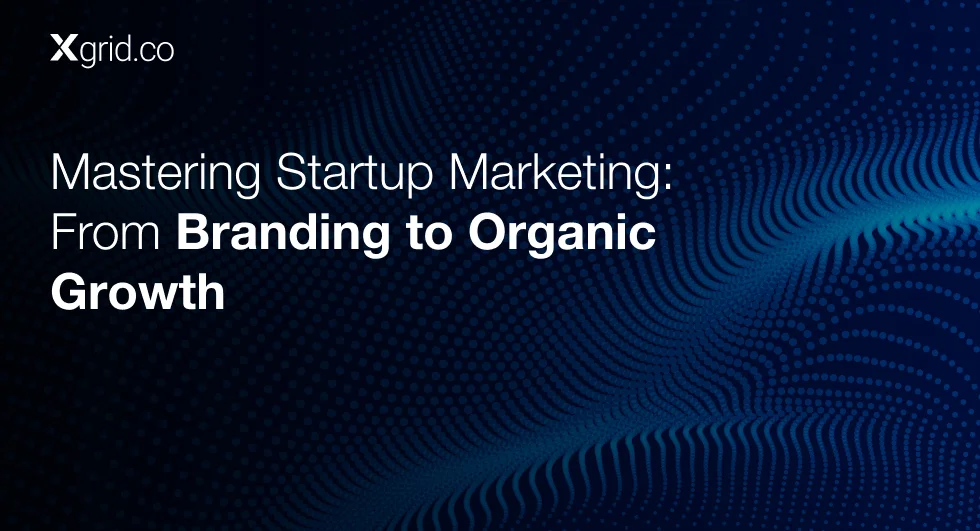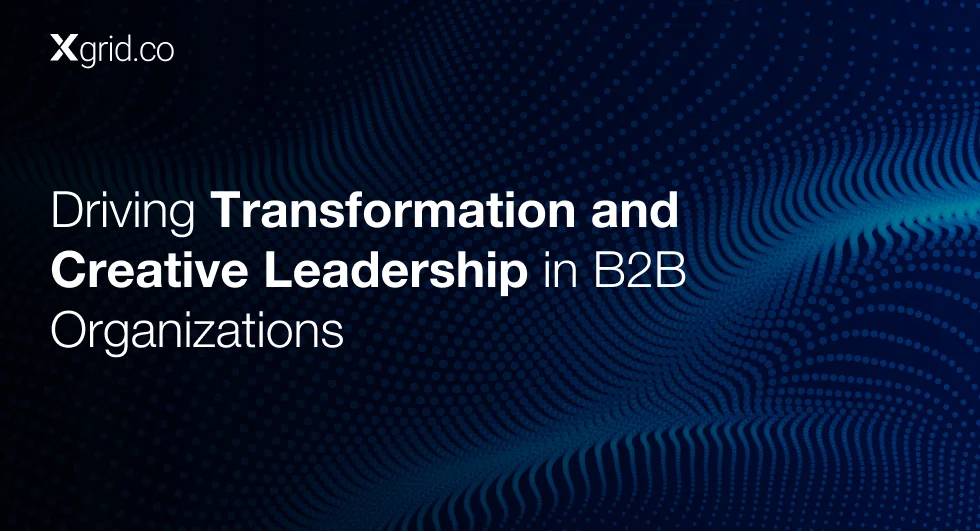Paid Ads vs. Influencer Marketing: Which Yields Better ROI for Startups?
As Saad Khan, GTM consultant, explains, “We started working with advisors, strategic influencers, branded personalities who became top sellers in our space… I could go spend $50,000 to $60,000 on ads, or I could give $2,000 to $3,000 to these individuals to just magnify the voice.”
The rise of influencer marketing presents a more organic, cost-effective, and targeted approach to reaching potential customers.
Why Influencer Marketing Works for Startups
For early-stage startups, every dollar counts. Traditional marketing methods like paid ads often demand significant investment with no guarantee of immediate return.
Influencer marketing, on the other hand, allows startups to leverage the credibility and reach of individuals who have established trust within specific communities.
This enables startups to connect directly with their target audience in a more genuine and engaging manner.
The key advantage here is authenticity. Influencers have built personal connections with their audience, making their endorsements far more impactful than a generic ad.
“B2B is different more than ever before,” says Khan. “We like to hear from thought leaders at the top of the funnel.”
By aligning your startup with influential voices in your industry, you can generate targeted content that is more likely to convert leads into loyal customers.
Strategies for Influencer Marketing Success
Here are some of the strategies from our inbound marketing playbook:
1. Identify the Right Influencers
The first step is finding influencers whose audience aligns with your ideal customer profile (ICP). These influencers don’t need millions of followers; in fact, micro-influencers (with 10,000–100,000 followers) often provide better engagement rates because their audience is more niche and loyal.
-
-
- Actionable Tip: Use tools like BuzzSumo or Upfluence to identify influencers within your industry. Focus on those who regularly engage with your target market, whether they are bloggers, podcasters, or social media personalities.
-
2. Build Genuine Relationships
Influencer marketing works best when there’s an authentic connection between the influencer and the brand. Rather than immediately pitching a collaboration, start by engaging with their content—comment on their posts, share their updates, or mention them in relevant discussions. This builds familiarity and trust before proposing a formal partnership.
-
-
- Actionable Tip: Consider reaching out to influencers who are already organically talking about your niche or industry. This ensures that the collaboration will feel natural rather than forced.
-
3. Focus on Value-Driven Content
Successful influencer marketing is not about pushing a hard sell. Instead, it’s about delivering value-driven content that resonates with the audience. Whether it’s a how-to video, an in-depth review, or a product tutorial, the goal is to educate and inform, not just promote.
Saad Khan adds, “Don’t start with your product problem; start with likability, be silly, whatever that means.” This approach helps to establish a connection with the audience, making them more receptive to the product down the line.
4. Leverage Long-Term Partnerships
While one-off influencer posts can drive some awareness, long-term partnerships tend to deliver better results. A consistent presence through an influencer’s platform helps to build trust over time. Consider working with influencers over the span of several months to amplify your brand’s presence.
-
-
- Actionable Tip: Create a multi-touch campaign with influencers, starting with an introductory post, followed by product reviews or case studies, and then concluding with live events or Q&A sessions.
-
Case Study: The Power of Influencer Marketing
Dooley, a B2B software company, faced a significant challenge: they had a large number of signups but struggled with activation. A significant portion of their audience fell into what Khan calls the “unaware layer,” meaning they were not ready to purchase but were exploring their options.
To engage these leads, Dooley shifted its focus from traditional marketing to an influencer-driven strategy.
The company partnered with influencers in the sales and SaaS space to create a content campaign that built awareness without pushing a hard sell. The campaign included blogs, videos, and webinars that subtly introduced Dooley’s value proposition. The result? A 431% increase in their qualified pipeline.
This case exemplifies how, through influencer marketing, Dooley was able to capture the attention of an otherwise passive audience and nurture them into active buyers.
Influencer Marketing and ROI
One of the primary reasons influencer marketing is so effective is the clear ROI it generates. By spending a fraction of what traditional ad campaigns cost, startups can achieve measurable results through influencer partnerships.
As Khan puts it, “I could go spend $50,000 to $60,000 on ads, or I could give $2,000 to $3,000 to these individuals to just magnify the voice.”
In fact, research shows that for every $1 spent on influencer marketing, businesses see an average of $5.78 in return.
This makes influencer marketing not just a trendy tactic, but a strategic investment for startups looking to maximize limited budgets.
Influencer marketing is a powerful tool for startups, but it’s even more effective when paired with a strong thought leadership strategy. Learn how CEO’s branding as a Thought Leader enhances the impact of influencer marketing.
Practical Tips for Measuring Influencer Marketing ROI
-
-
- Set Clear Goals: Define the KPIs you want to measure—whether it’s website traffic, lead generation, or sales conversions.
- Track Affiliate Links: Provide unique affiliate links or discount codes to influencers to track how much traffic and revenue they generate.
- Monitor Engagement Rates: Don’t just focus on likes and shares. Track comments, replies, and overall engagement to assess how well the influencer’s audience is connecting with your brand.
-
Conclusion
Influencer marketing presents an incredible opportunity for startups to build brand awareness and drive conversions in a cost-effective, organic way. By choosing the right influencers, building authentic relationships, and focusing on valuable content, startups can create a powerful marketing strategy that yields better ROI than traditional advertising.
As Saad Khan perfectly summarizes, “Start at the top of the funnel by focusing on product likability, leveraging influencer partnerships, videos, and other engaging content. Once you’ve established this connection, you’ve earned the right to build trust.”
While influencer marketing can drive massive exposure, it’s also crucial to address every layer of your buyer’s journey to maximize its effectiveness. In our next article, we delve into the concept of the ‘unaware layer’ in the buyer’s journey and why it matters for your marketing strategy.
Downloads
Article (PDF-276 KB)MOST POPULAR INSIGHTS
- Advanced Strategies for Startup Growth: AI, Customer Experience, and Organic Marketing
- Mastering Startup Marketing: From Branding to Organic Growth
- Driving Transformation and Creative Leadership in B2B Organizations
- Crafting Impactful B2B Campaigns: Emotional Messaging, Awareness, and Empathy
- Building Brands and Campaigns on a Startup Budget with AI Efficiency
Related Articles
Related Articles

Established in 2012, Xgrid has a history of delivering a wide range of intelligent and secure cloud infrastructure, user interface and user experience solutions. Our strength lies in our team and its ability to deliver end-to-end solutions using cutting edge technologies.
OFFICE ADDRESS
US Address:
Plug and Play Tech Center, 440 N Wolfe Rd, Sunnyvale, CA 94085
Dubai Address:
Dubai Silicon Oasis, DDP, Building A1, Dubai, United Arab Emirates
Pakistan Address:
Xgrid Solutions (Private) Limited, Bldg 96, GCC-11, Civic Center, Gulberg Greens, Islamabad
Xgrid Solutions (Pvt) Ltd, Daftarkhwan (One), Building #254/1, Sector G, Phase 5, DHA, Lahore




